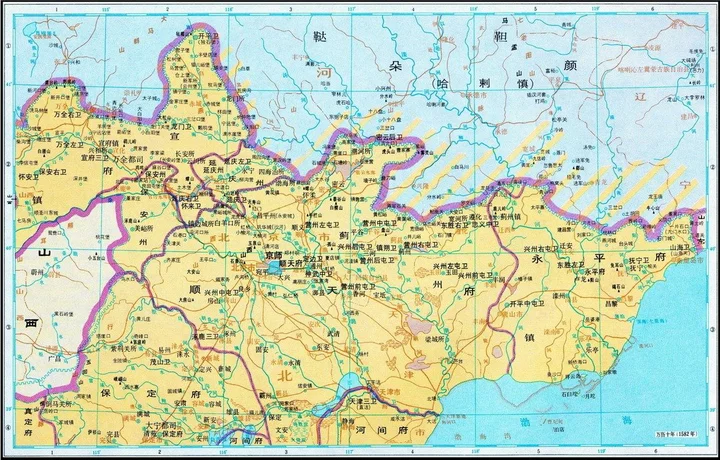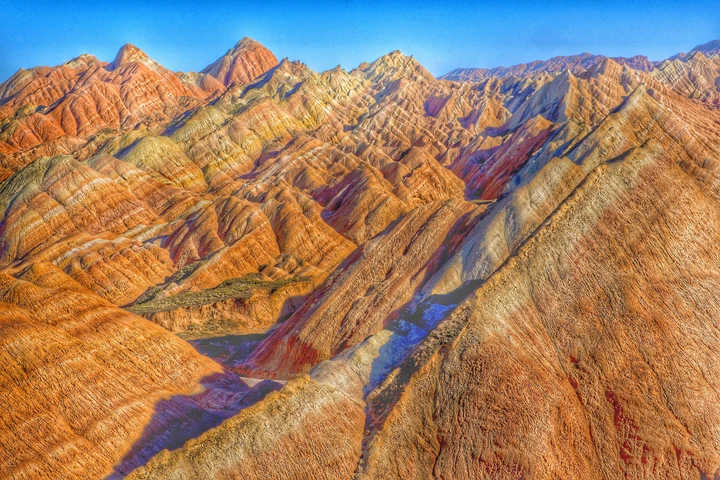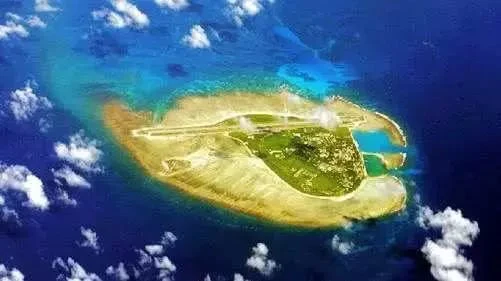Top 10 Capitals in Chinese History
The political centers of all dynasties in China were mostly concentrated in the national capital. The system of accompanying capitals started in the Western Zhou Dynasty was also called the "two capitals system". Since then, all dynasties have established two capitals, even three capitals, four capitals and other "multi-capital systems". There are even five capitals.

1. Chang'an
Chang'an is the ancient name of Xi'an. It is the first capital city called Beijing in Chinese history. King Wen of Zhou designated it as the capital since the Zhou Dynasty. During the Sui and Tang Dynasties, it became the largest city in the world, and this ancient capital of the thirteen dynasties is also the capital with the most dynasties, the longest capital establishment and the most influential capital in Chinese history.
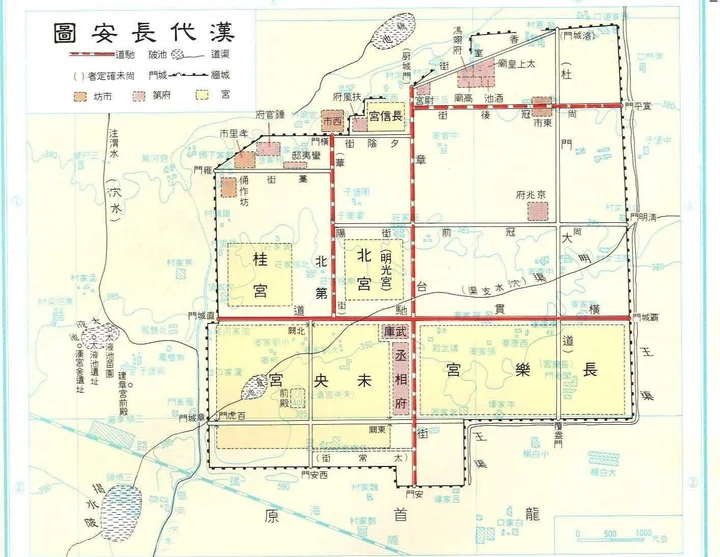
2. Xianyang
Xianyang, a prefecture-level city under the jurisdiction of Shaanxi Province, is located in the 800-mile hinterland of Qinchuan. China's first feudal dynasty, the Qin Empire, set its capital here, and nurtured China's thousand-year-old farming civilization. It is an important birthplace of Qin and Han cultures. It is an ancient imperial capital. In modern times, the mausoleums of 28 Han and Tang emperors such as Han Gaozu, Han Jingdi, Han Wudi, and Tang Taizong have been discovered successively.
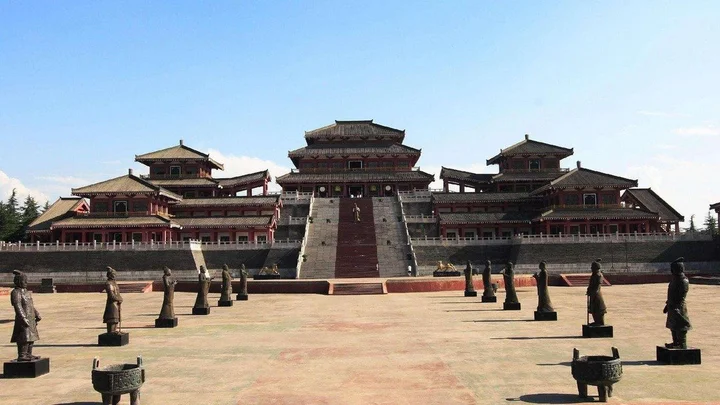
3. Luoyang
Luoyang is one of the famous birthplaces of China with a history of more than 4,000 years of city building and more than 1,500 years of capital history. In the history of China for 5,000 years, thirteen political dynasties built their capitals here. There are five capital city sites including Litou, Yanshi Mall, Eastern Zhou King City, Han-flavored Luoyang City, and Sui and Tang Luoyang City.
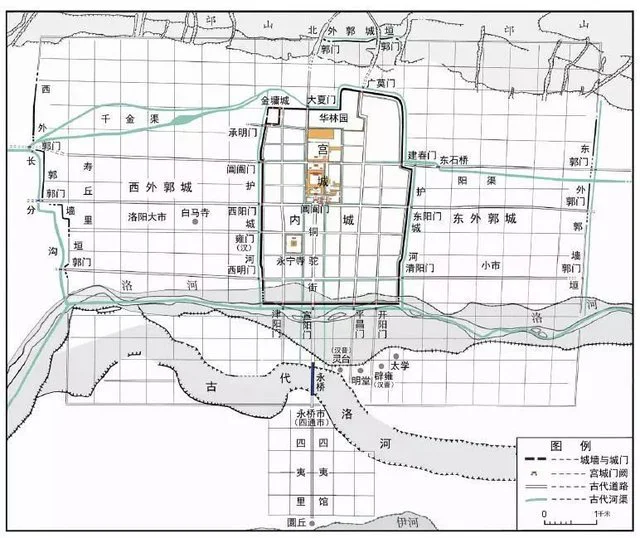
4. Chengdu
As one of the top ten ancient capitals in the country, Chengdu is the birthplace of the ancient Shu civilization. According to relevant research, the Jinsha site found in Chengdu has a history of more than 3,000 years. Shu and Hou Shu and other regimes chose to build their capitals here.
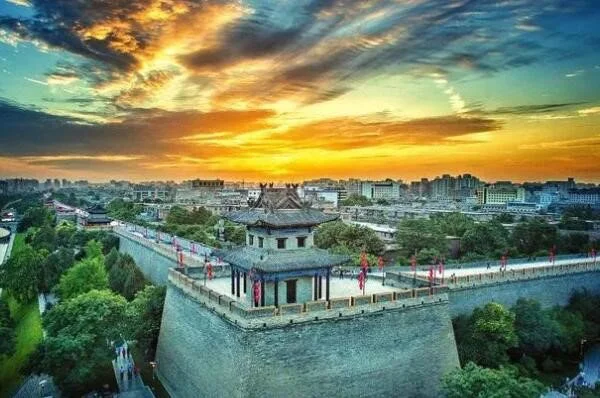
5. Bianjing
Bianjing is the ancient name of Kaifeng, a prefecture-level city in Henan Province. It is located in the hinterland of the Central Plains and on the shore of the Yellow River. With a history of more than 4,100 years of building a city and building a capital, it is famous for the Xia Dynasty, the Wei State during the Warring States Period, the Later Liang, Later Jin, Later Han, Later Zhou, and Five Dynasties. Both the Song and Jin dynasties chose this site, which made it known as the ancient capital of the eight dynasties. During the Song Dynasty, it was renamed Tokyo City and became the largest city in the world.
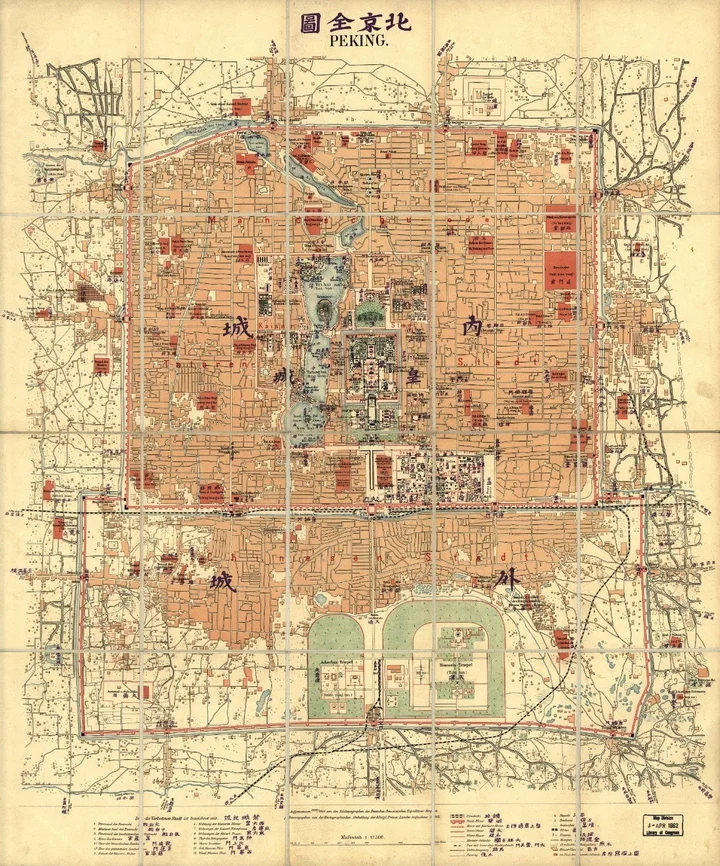
6. Lin'an Prefecture
Lin'an House is the ancient name of Hangzhou. During the Chongning period of the Northern Song Dynasty, it was already the most populous state and county in the Jiangnan region. After the Jingkang Incident, the Northern Song Dynasty was destroyed by the Jin Dynasty. In the Southern Song Dynasty, the Southern Song Dynasty officially began in the eighth year of Shaoxing (1138). The capital Lin'an was established, and a ritual altar temple was added.
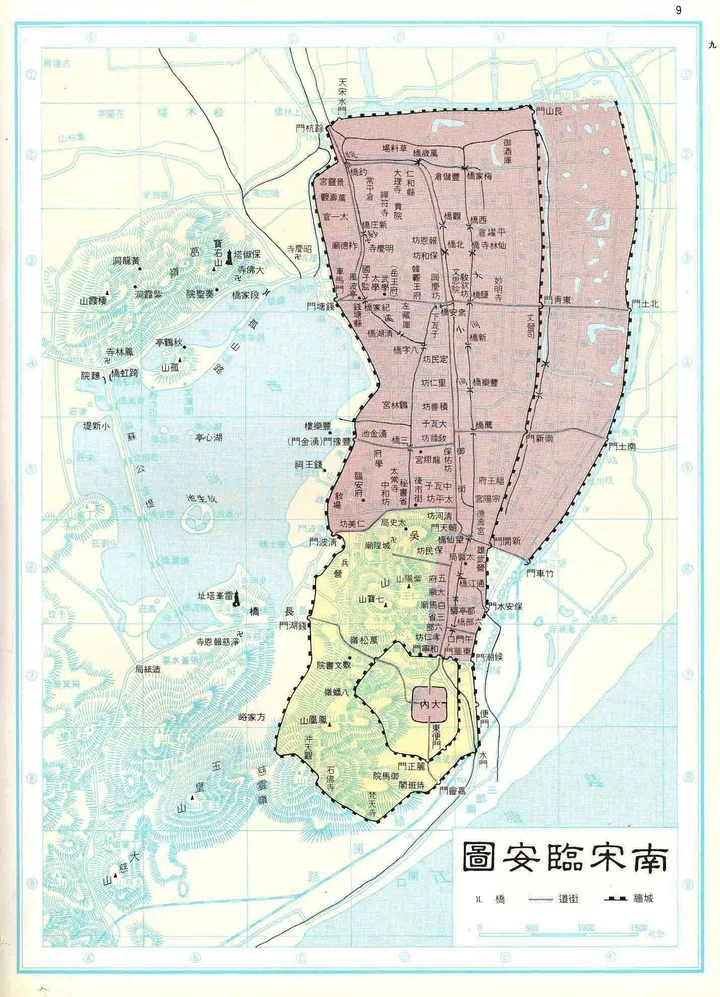
7. Xingqing House
Xingqing House is now Yinchuan, Ningxia. In 1020 AD, Li Mingde once sent a minister to set the capital here, named Xingzhou. Since then, it has become the King City of Xixia. After Jingzong of Xixia succeeded to the throne, it was promoted to Xingqing House to establish the ruling institution of Xixia. The emperors of the Xixia Kingdom in all dynasties used this as the capital until the end of the Western Xia Dynasty in 1227.
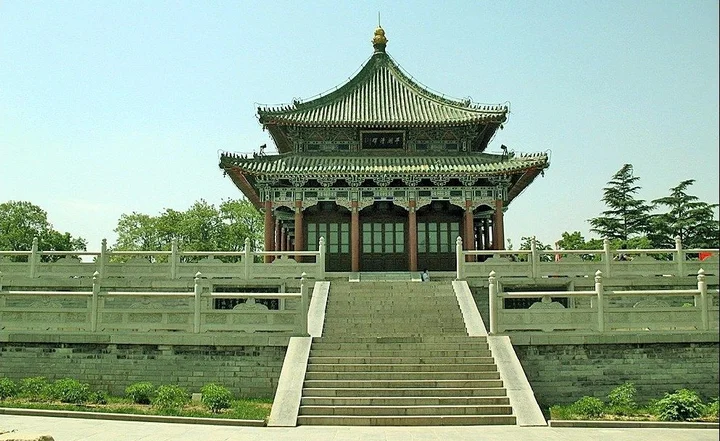
8. Jiankang
Jiankang is the ancient name of Nanjing. It was successively set as the capital by the Soochow, Eastern Jin, Nanqi, Nanliang, Liu Song, and Nanchen six dynasties, and acted as the center of China's economy, culture, politics and military at that time, and was also the first population in the world. The majestic Jiankang Palace built in a city of more than one million also has a profound impact on the construction of later generations of palaces.
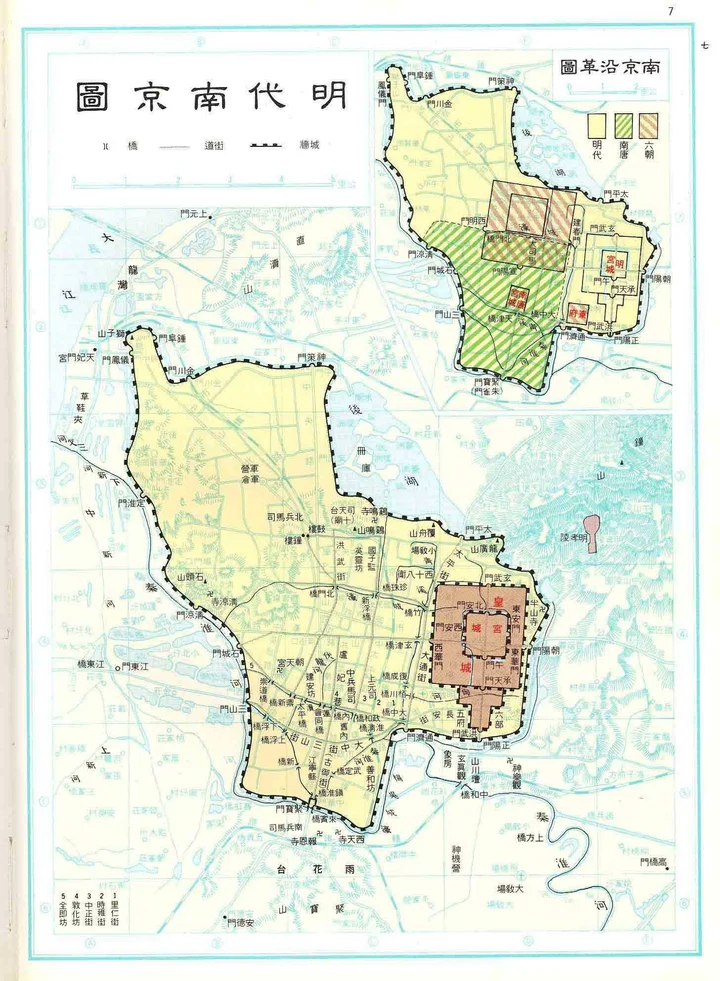
9. Yecheng
The current site of Yecheng covers the west of Linzhang County, Hebei Province and the northern suburbs of Anyang City. It was first built by Duke Huan of Qi in the Spring and Autumn Period. Later, after Yuan Shao was defeated by Cao Cao at the end of the Eastern Han Dynasty, he built the capital here. System, economy, culture and military center for 4 centuries.
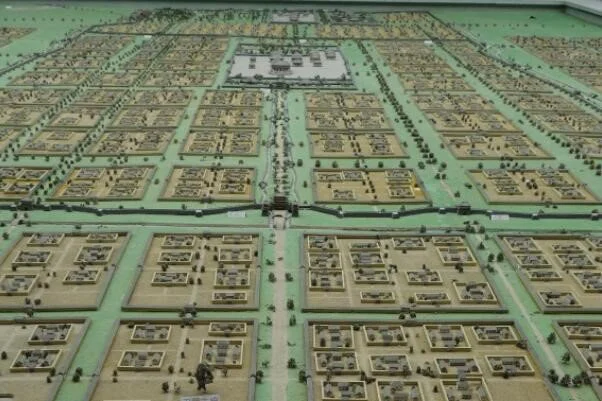
10. Shuntianfu
Shuntianfu is also known as Jingshi and Peipingfu. It is now Beijing. The Liao and Jin dynasties began to establish their capitals in Beijing. In the Ming Dynasty, it was changed to Shuntianfu. The Qing Dynasty still used this name. In 19.14 million, Shuntianfu was changed to Jingzhao place, set Jingzhao Yin. Several dynasties set their capitals here, making Beijing today the city with the largest number of imperial gardens, temple altars and mausoleums in China.
